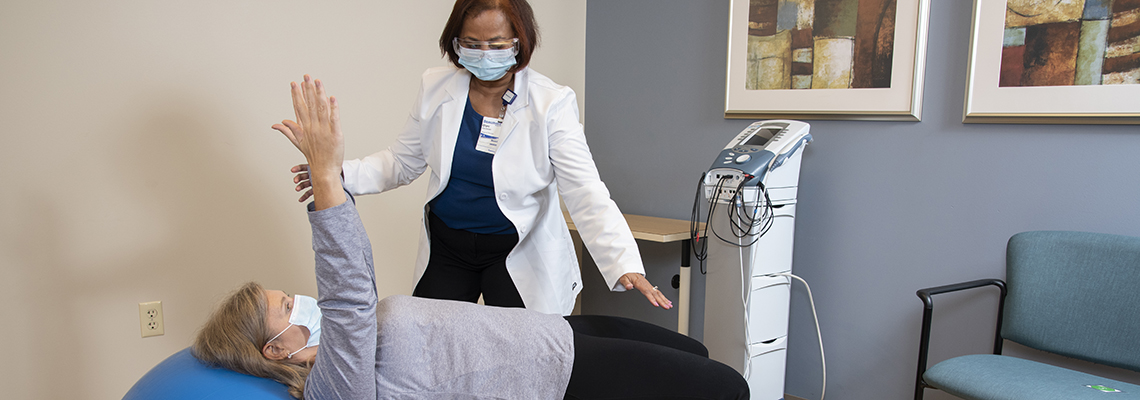Exploring the Effect of Manual Treatment Techniques on Reducing Musculoskeletal Pain and Improving Patient Outcomes
Exploring the Effect of Manual Treatment Techniques on Reducing Musculoskeletal Pain and Improving Patient Outcomes
Blog Article
Manual therapy techniques are hands-on approaches used by healthcare professionals to address musculoskeletal discomfort. Such techniques include various forms of adjustment and movement of the body’s muscle tissue and articulations. The goal of manual treatment is to relieve pain, enhance mobility, and enhance overall performance. Many people suffer from muscle and joint pain due to injuries, suboptimal posture, or conditions like joint inflammation. By using manual therapy, practitioners aim to tackle these issues and help clients regain their standard of living.
One common manual therapy technique is vertebral manipulation. This method involves using precise pressure to the vertebral column to enhance positioning and decrease pain. Studies has demonstrated that vertebral adjustment can be beneficial in managing lumbar back pain and neck pain. Another technique is gentle tissue mobilization, which concentrates on reducing tightness in the muscle tissue and connective structures. This can help reduce rigidity and enhance range of motion, making it simpler for patients to navigate without pain. Both methods can be tailored to meet the specific requirements of each client, ensuring a custom approach to treatment.
In addition to pain relief, hands-on treatment can improve patient outcomes in various ways. For instance, it can boost blood flow, which helps deliver oxygen and essential elements to the injured areas of the body. Better circulation can also encourage recovery and alleviate swelling. Furthermore, hands-on therapy can help patients gain better body awareness, which is essential for avoiding subsequent trauma. By comprehending how their physiques function, clients can make more knowledgeable decisions about their movements and posture, leading to long-term benefits.
The efficacy of hands-on treatment is often backed by client feedback. Numerous individuals report significant improvements in their pain intensity and overall performance after undergoing care. This positive response can lead to greater motivation for clients to engage in rehabilitative exercise and recovery programs. When clients feel better, they are more likely to participate in their recovery journey, which can further enhance their outcomes. This cooperative method between the provider and the client is crucial for attaining enduring results.
In conclusion, manual therapy methods play a critical role in relieving musculoskeletal pain and improving patient results. find more info By using techniques such as spinal adjustment and soft connective tissue mobilization, medical professionals can help patients regain movement and alleviate pain. The benefits of manual therapy extend beyond instant pain relief, as it also promotes recovery and motivates patients to take an active role in their recovery. As an increasing number of people seek effective therapies for musculoskeletal issues, manual treatment continues to be an important option in the field of healthcare.